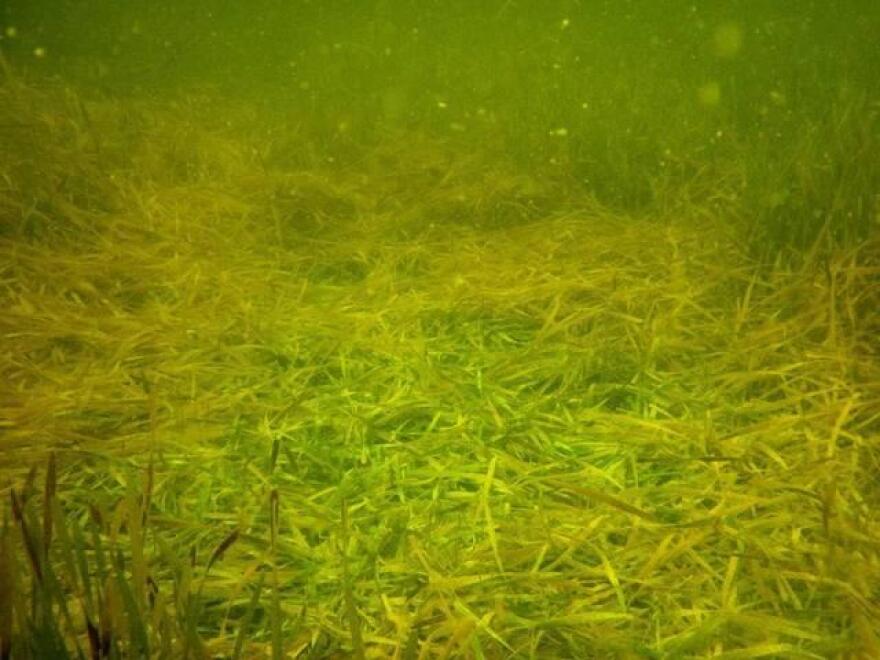Seagrass in Florida Bay has died off rapidly over the past couple of years. About 40,000 acres have been lost, harming the habitat of animals from manatees to toadfish and imperiling the area's fishing industry.
Researchers say it's not the first time a die-off like this has happened and that there are lessons to be learned from the last major seagrass die-off. That one started around 1987 and damaged about 60,000 acres.
Tylan Dean is a chief researcher at Everglades and Dry Tortugas national parks. He says hot temperatures and too little fresh water flowing south from the Everglades cause these die-offs, which are vicious cycles for the bay.
"What we saw after the 1980s event was additional seagrass dying as a result of the algal blooms," Dean said. The algae, he said, blocks out light seagrasses need to thrive. And decaying seagrass also consumes oxygen in the bay water, causing even more die-off.
He and Christopher Kavanagh, an ecologist at Everglades National Park, say there's only been one algae bloom associated with the current die-off.
"That may repeat itself, or it may not," Kavanagh said. "It really depends on the combination of factors," including the heat, the wind and how much freshwater gets to Florida Bay.
Dean and Kavanagh both say getting more freshwater in the bay would be a huge step towards restoring seagrass and avoiding further harm to plants and animals.


